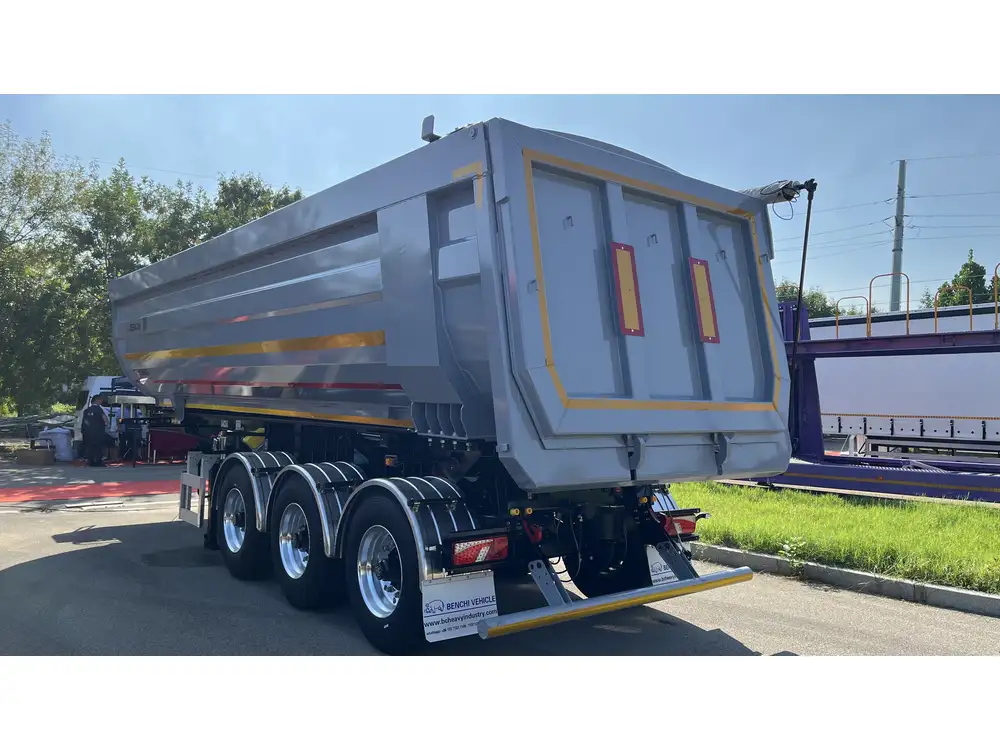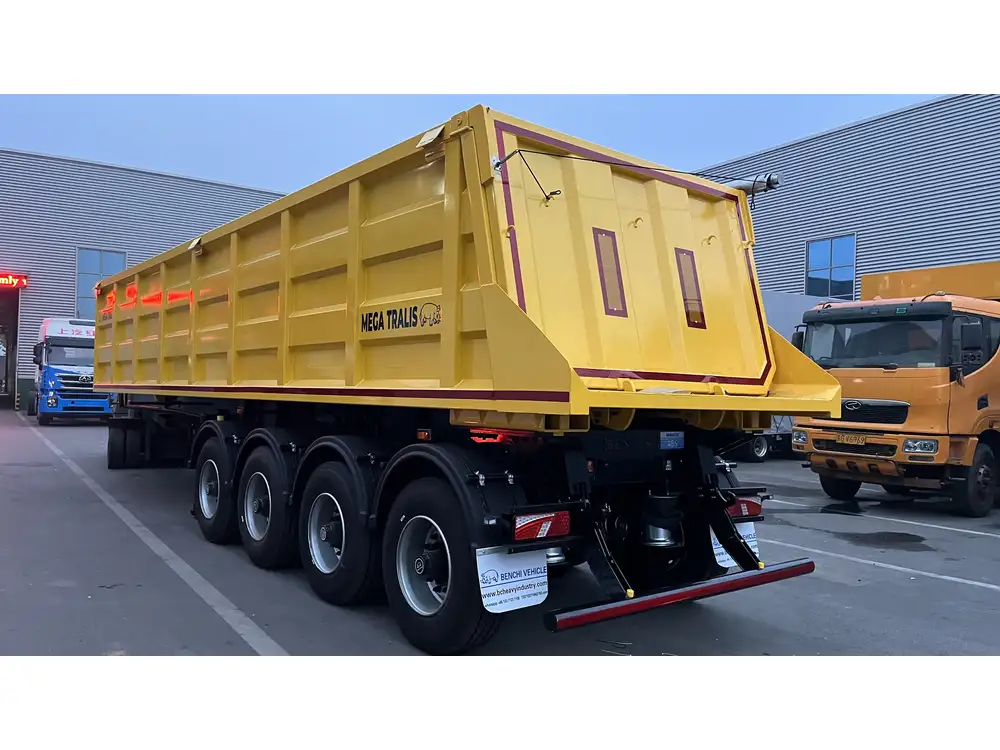When one drives through residential areas or rural landscapes, it is not uncommon to spot tanks positioned adjacent to trailer houses. While they might provoke curiosity, understanding their function and significance is crucial. This article delves deep into the different types of tanks, their purposes, and why they are essential components of residential setups, especially in homes utilizing trailer houses.
Table of Contents
- Introduction to Trailer House Infrastructure
- Common Types of Tanks Near Trailer Houses
- 2.1. Septic Tanks
- 2.2. Propane Tanks
- 2.3. Water Storage Tanks
- 2.4. Fuel Tanks
- Septic Tanks: Management and Maintenance
- Propane Tanks: Safety and Regulations
- Water Storage Tanks: Capacity and Usage
- Fuel Tanks: Storage Solutions
- Conclusion: The Necessity of Tanks in Trailer House Living
Introduction to Trailer House Infrastructure
Trailer houses, also referred to as mobile homes, require specific infrastructure to ensure functionality and livability. These may include basic utilities such as electricity, water, and waste management systems. The tanks that often accompany these homes serve crucial roles in maintaining a safe and convenient living environment. Additionally, the presence and type of these tanks are often dictated by local regulations, available utilities, and personal choices.

Common Types of Tanks Near Trailer Houses
The tanks we see outside trailer houses can vary significantly in purpose and construction. Below, we detail some of the most common types of tanks associated with these residences.
2.1. Septic Tanks
Functionality and Design Septic tanks are essential for waste management, particularly in areas where traditional sewage systems are absent. These underground tanks are designed to treat wastewater from the home.
Components of a Septic System
- Tank: Typically made of concrete or plastic, holding waste for treatment.
- Drain Field: Area where treated wastewater is dispersed.
- Filters: Help purify the effluent before it enters the drain field.
Critical Considerations
- Maintenance: Regular pumping is required to avoid backups.
- Signs of Trouble: Foul odors, slow drainage, or soggy patches in the yard indicate potential issues.
2.2. Propane Tanks
Assessment of Usage Propane tanks are often found near trailer houses to provide an alternative energy source for heating, cooking, and sometimes for hot water systems.
Capacity These tanks can vary in size from small portable tanks (20-100 gallons) to larger stationary tanks (200-1,000 gallons).
Safety and Compliance
- Proper Placement: Tanks should be located a safe distance from the trailer and other structures as per regulations.
- Leak Testing: Routine inspections are vital for safety.

2.3. Water Storage Tanks
Role in Domestic Water Supply Water storage tanks are used in homes that do not have direct access to municipal water supply systems. They ensure households have an adequate supply of water for various needs.
Types of Water Tanks
- Above-Ground: Easier to install and inspect but might be more susceptible to temperature fluctuations.
- Below-Ground: More stable regarding temperature, but installation can be complex.
Maintenance Needs Regular checks for leaks, sediment buildup, and ensuring proper water quality are paramount for health and safety.
2.4. Fuel Tanks
Functions in Residential Settings Fuel tanks provide essential energy for generators or heating systems, particularly in areas prone to outages or cutbacks in municipal services.
Considerations for Installation
- Size and Capacity: Should match the needs of the household.
- Regulatory Compliance: Must adhere to safety standards and local ordinances regarding placement and use.
Septic Tanks: Management and Maintenance
Septic systems, while highly functional, require ongoing management to function correctly.

Maintenance Checklist
| Task | Frequency |
|---|---|
| Pumping Septic Tank | Every 3-5 years |
| Inspect System | Annually |
| Additives | Occasionally (consult a professional) |
Signs of Malfunction
- Slow Drains: Ensure that wastewater is draining efficiently.
- Odors: Persistent foul odors may indicate a full or damaged tank.
- Grass Growth: Lush grass above the septic system can signify leaks.
Propane Tanks: Safety and Regulations
Safety is paramount when dealing with propane tanks. Understanding their placement and maintenance is crucial.

Safe Practices
- Regular Inspections: Check for leaks and ensure connections are secure.
- Emergency Procedures: Know how to shut off propane supply in case of an emergency.
Local Regulations
Consult local authorities to understand specific regulations surrounding propane use, including required safety distances and tank sizing for residential use.
Water Storage Tanks: Capacity and Usage
Water storage tanks play a vital role in ensuring that households have a consistent water supply, especially in remote areas.

Capacity Considerations
- Household Size: Larger families require larger tanks for sufficient supply.
- Usage Patterns: Assess average daily water use to determine appropriate tank size.
Health and Safety
- Regular Testing: Water quality testing should be conducted to prevent health issues.
- Protection from Contaminants: Tanks should be covered to prevent debris and contamination.
Fuel Tanks: Storage Solutions
Fuel tanks are particularly common in locations where natural gas is not available, making alternative energy sources critical for households.

Installation and Best Practices
- Placement: Must follow local guidelines to minimize risk.
- Monitoring Fuel Levels: Keeping track of fuel usage ensures that the household doesn’t run low during crucial times.
Environmental Considerations
Properly maintained fuel tanks minimize environmental risk from spills or leaks. Scheduled inspections help prevent detrimental incidents that could occur with improper management.
Conclusion: The Necessity of Tanks in Trailer House Living
In conclusion, the tanks that are commonly situated outside trailer houses serve various vital purposes, from waste management and energy supply to water storage and fuel provision. Understanding these components is crucial for ensuring safety, compliance with local regulations, and overall livability of trailer homes.
By recognizing the types of tanks and their functions, trailer house residents can better appreciate their home’s infrastructure and take proactive steps in maintenance and management. Whether optimizing waste disposal through septic systems or ensuring a reliable energy source with propane and fuel tanks, being informed empowers residents to create sustainable and comfortable living environments. Therefore, the presence of these tanks is not just a matter of construction; it is integral to the livability and functionality of trailer houses as homes.



